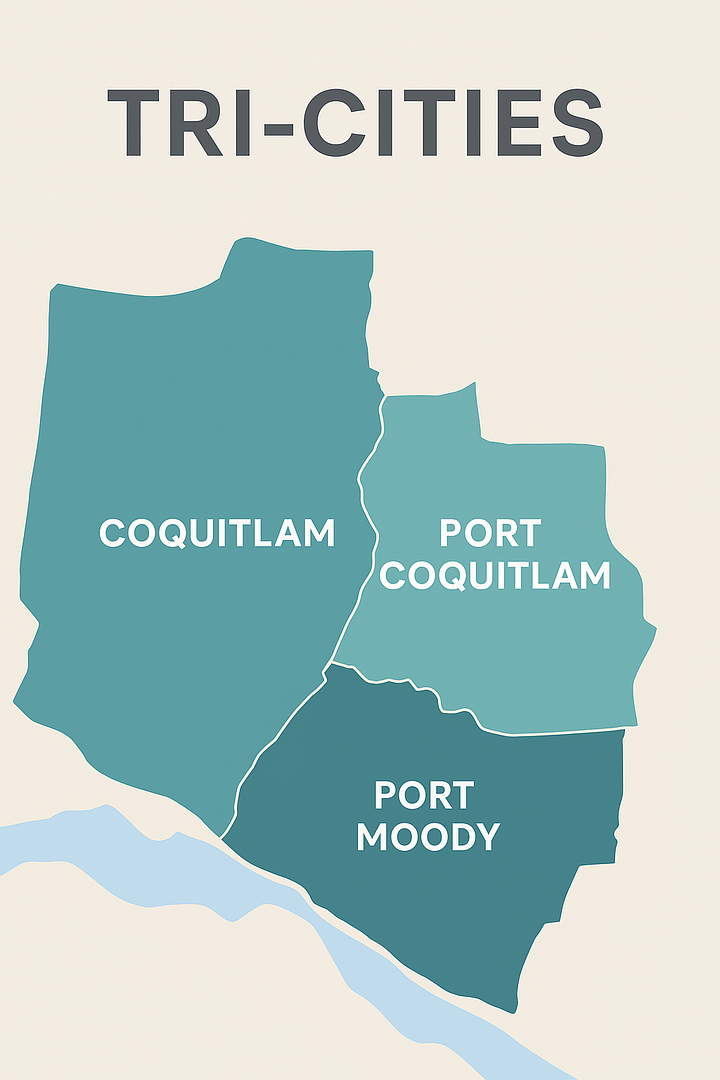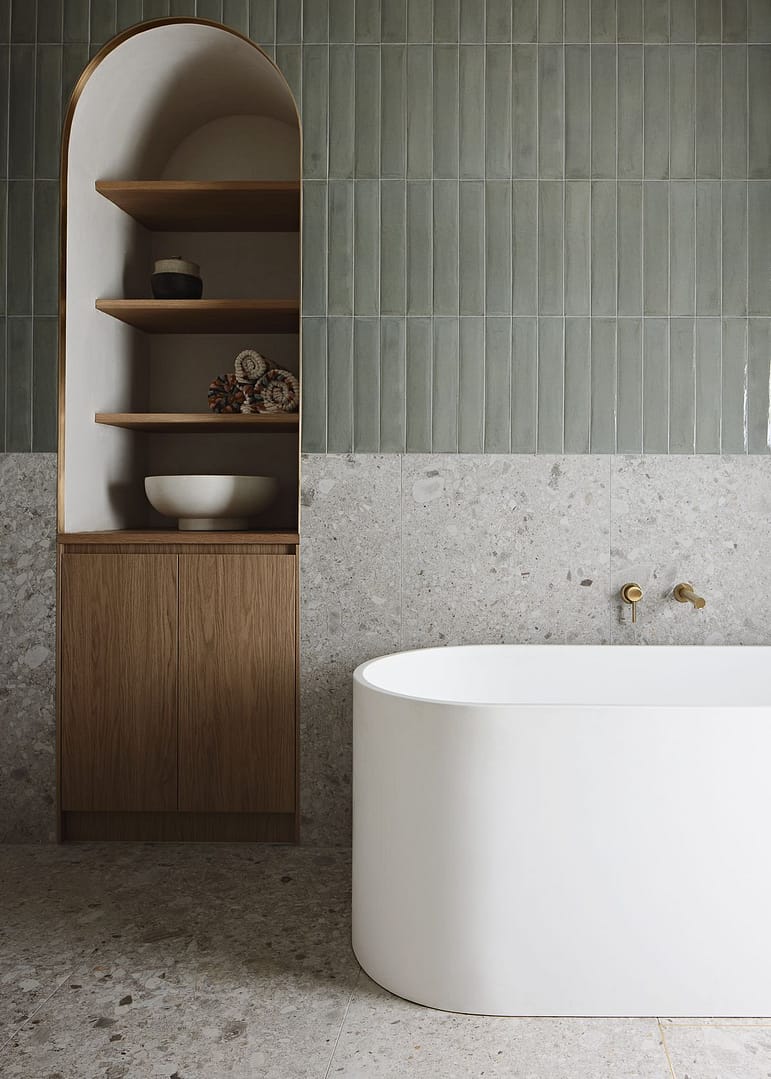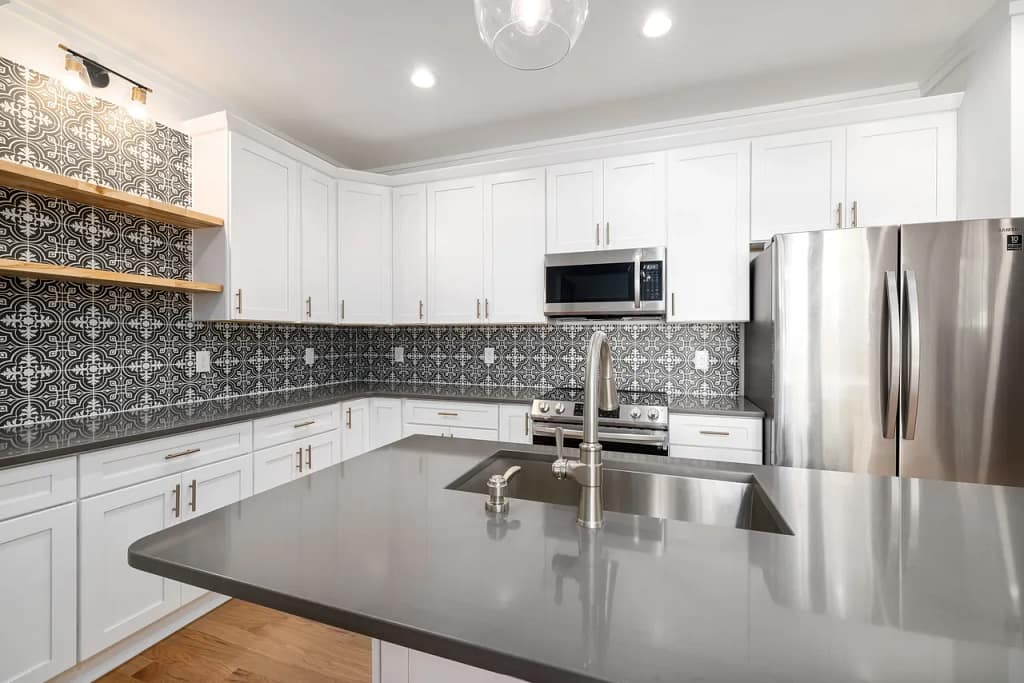
- Kitchen
Traditional Kitchen Design: The Appeal of Timeless Elegance
- By matin@quayconstruction.ca
Table of Contents
In a world where modern minimalism often takes center stage, traditional kitchen design continues to captivate homeowners with its timeless elegance and warm, inviting atmosphere. This classic style, rooted in history and refined over centuries, offers a perfect blend of functionality and beauty, making it a perennial favorite.
Introduction
Traditional kitchen design is more than just a trend; it’s a testament to the enduring appeal of classic aesthetics. Characterized by intricate details, rich materials, and a sense of history, this style creates a welcoming space that feels both luxurious and lived-in. Whether you’re renovating an old home or building a new one, incorporating traditional kitchen design elements can transform your cooking space into a heartwarming hub of activity.
In this blog post, we’ll delve deep into the world of traditional kitchen design, exploring its key features, benefits, and how you can bring this timeless style into your home. From cabinetry and countertops to lighting and accessories, we’ll cover everything you need to know to create a kitchen that exudes classic charm.
The Essence of Traditional Kitchen Design
Traditional kitchen design draws inspiration from European styles, particularly English, French, and Italian influences. It emphasizes symmetry, balance, and attention to detail, creating a cohesive and harmonious look. Unlike modern designs that favor sleek lines and minimalism, traditional kitchens embrace ornate details, rich textures, and a warm color palette.
Key Elements of Traditional Kitchen Design
Cabinetry: The Heart of Traditional Kitchen Design
Cabinetry in a traditional kitchen is often the focal point, showcasing intricate details and craftsmanship. Raised panel doors, beadboard, and crown molding are common features that add depth and character. Wood is the material of choice, with cherry, maple, and oak being popular options. These woods are often stained in rich, warm tones like mahogany, walnut, or espresso, enhancing the timeless appeal.
Moreover, traditional kitchens often feature glass-front cabinets or open shelving to display fine china, heirloom pieces, or decorative items. This not only adds visual interest but also personalizes the space, making it uniquely yours.
Countertops and Backsplashes: Combining Function and Beauty
When it comes to countertops, traditional kitchen design favors natural materials like granite, marble, and quartz. These materials not only offer durability but also add a touch of luxury. A honed or leathered finish can enhance the classic look, providing a softer, more matte appearance compared to the high-gloss finishes often seen in modern designs.
Backsplashes in traditional kitchens often feature subway tiles, mosaic patterns, or even hand-painted tiles. These elements add texture and color, creating a visually appealing backdrop for your cooking space. Additionally, a well-chosen backsplash can tie together the various elements of your kitchen, from cabinetry to countertops.
Lighting: Illuminating the Beauty of Traditional Kitchen Design
Lighting plays a crucial role in traditional kitchen design, both in terms of functionality and aesthetics. Chandeliers, pendant lights, and sconces are popular choices, often featuring intricate designs and finishes like bronze, brass, or wrought iron. These fixtures not only provide ample light but also serve as statement pieces, adding to the overall elegance of the space.
Under-cabinet lighting is another essential element, offering task lighting for food preparation while highlighting the beauty of your countertops and backsplash. Additionally, incorporating dimmer switches allows you to adjust the lighting to suit different moods and occasions, enhancing the versatility of your kitchen.
Flooring: Grounding Your Traditional Kitchen Design
Flooring in a traditional kitchen should be both durable and visually appealing. Hardwood floors are a classic choice, offering warmth and timeless beauty. Wide-plank floors with a distressed or hand-scraped finish can add character and charm, making your kitchen feel like it has a rich history.
Alternatively, natural stone tiles like travertine, slate, or limestone can provide a luxurious feel while being highly durable. These materials often come in earthy tones that complement the warm color palette of traditional kitchen design, creating a cohesive and inviting space.
Color Palette: Setting the Tone for Traditional Kitchen Design
The color palette in a traditional kitchen typically includes warm, neutral tones like beige, cream, taupe, and soft gray. These colors create a soothing and inviting atmosphere, making the kitchen a comfortable space for family and guests alike. Accent colors like deep red, navy blue, or forest green can be introduced through accessories, upholstery, or even cabinetry, adding depth and interest to the design.
Additionally, traditional kitchens often feature a mix of materials and finishes, such as combining painted and stained wood, to create a layered and textured look. This approach adds visual complexity and richness, enhancing the overall aesthetic.
Benefits of Traditional Kitchen Design
Timeless Appeal
One of the most significant advantages of traditional kitchen design is its timeless appeal. Unlike trendy styles that may quickly become outdated, traditional kitchens remain stylish and relevant year after year. This makes them a wise investment for homeowners who want a kitchen that will stand the test of time.
Warm and Inviting Atmosphere
Traditional kitchens are known for their warm and inviting atmosphere. The use of natural materials, rich colors, and intricate details creates a space that feels cozy and welcoming. This makes it an ideal setting for family gatherings, entertaining guests, or simply enjoying a quiet meal.
Versatility and Customization
Traditional kitchen design offers a high degree of versatility and customization. With a wide range of materials, finishes, and details to choose from, you can create a kitchen that reflects your personal style and meets your specific needs. Whether you prefer a more formal, elegant look or a relaxed, country-inspired feel, traditional design can accommodate your preferences.
Durability and Quality
Traditional kitchens are often built with high-quality materials and craftsmanship, ensuring durability and longevity. From solid wood cabinetry to natural stone countertops, these elements are designed to withstand the test of time, both in terms of style and functionality.
Incorporating Traditional Kitchen Design into Your Home
Start with a Plan
Before embarking on your traditional kitchen design project, it’s essential to start with a well-thought-out plan. Consider the layout, functionality, and overall aesthetic you want to achieve. Work with a professional designer or architect to create a detailed plan that includes all the elements of your kitchen, from cabinetry and countertops to lighting and flooring.
Choose the Right Materials
Selecting the right materials is crucial for achieving the desired look and feel of a traditional kitchen. Opt for natural materials like wood, stone, and metal, and choose finishes that enhance the classic aesthetic. For example, a distressed or hand-scraped finish on hardwood floors can add character and charm, while a honed finish on countertops can provide a softer, more matte appearance.
Pay Attention to Details
The beauty of traditional kitchen design lies in the details. Incorporate elements like crown molding, beadboard, and raised panel doors to add depth and character to your cabinetry. Choose lighting fixtures with intricate designs and finishes that complement the overall aesthetic. Don’t forget to add personal touches, such as heirloom pieces or decorative accessories, to make the space uniquely yours.
Create a Cohesive Color Palette
A cohesive color palette is essential for achieving a harmonious and inviting traditional kitchen. Start with a base of warm, neutral tones and add accent colors through accessories, upholstery, or even cabinetry. Consider the overall flow of your home and choose colors that complement the existing decor.
Incorporate Modern Amenities
While traditional kitchen design emphasizes classic aesthetics, it’s important to incorporate modern amenities for functionality and convenience. Consider adding features like a built-in coffee maker, smart appliances, or a touchless faucet to enhance the usability of your kitchen without compromising the traditional look.
Conclusion
Traditional kitchen design offers a timeless and elegant solution for homeowners who appreciate classic aesthetics and warm, inviting spaces. By incorporating key elements like intricate cabinetry, natural materials, and a cohesive color palette, you can create a kitchen that exudes charm and sophistication. Whether you’re renovating an old home or building a new one, traditional kitchen design provides a versatile and customizable option that will stand the test of time.
So, if you’re looking to transform your kitchen into a heartwarming hub of activity, consider embracing the enduring appeal of traditional kitchen design. With its rich history, attention to detail, and timeless beauty, this classic style is sure to create a space that you and your family will cherish for years to come.
Related Posts

Coquitlam vs. Port Coquitlam vs. Port Moody: Renovation Comparison




